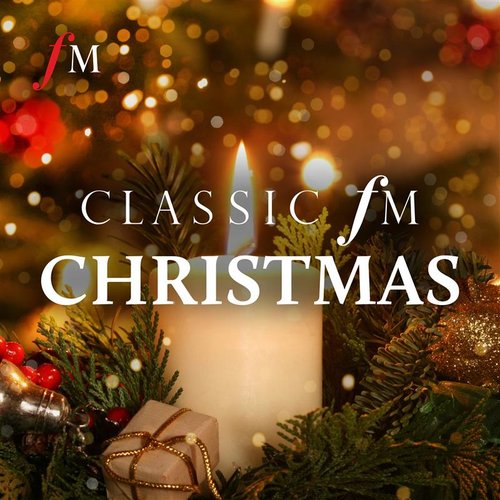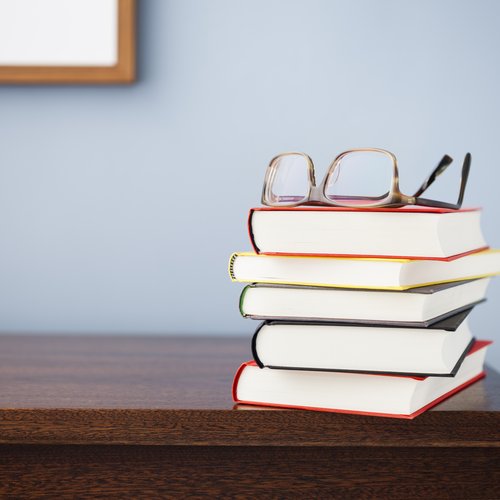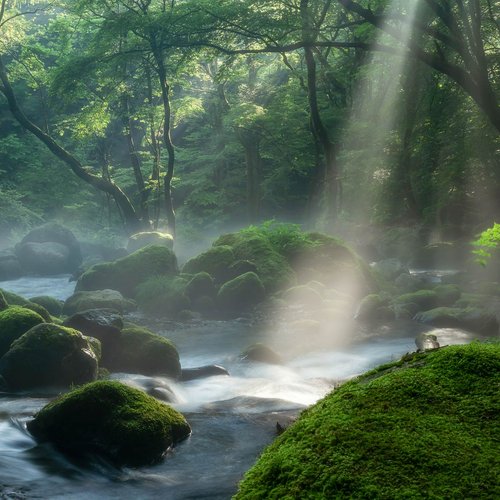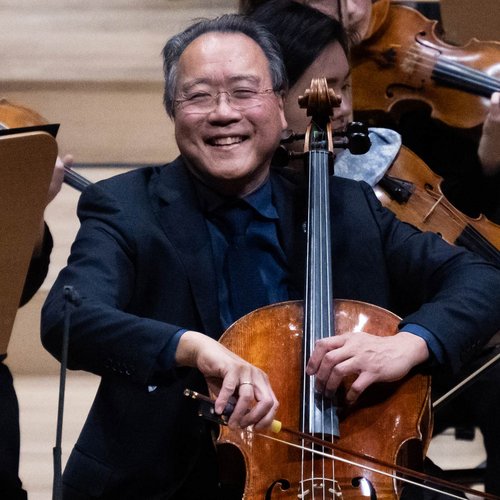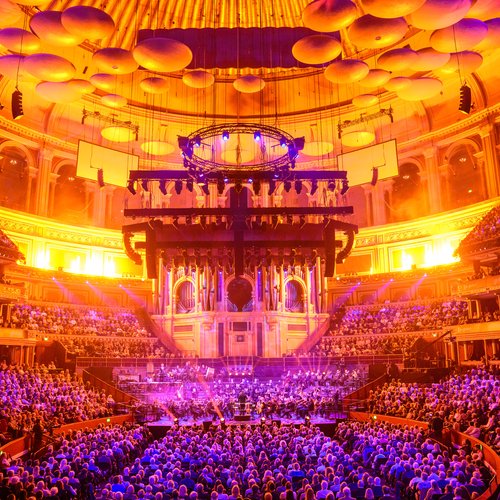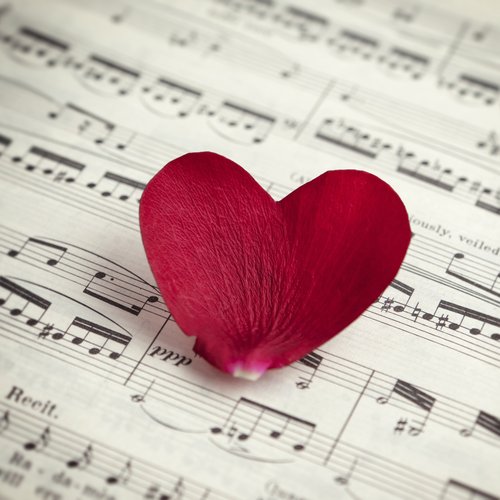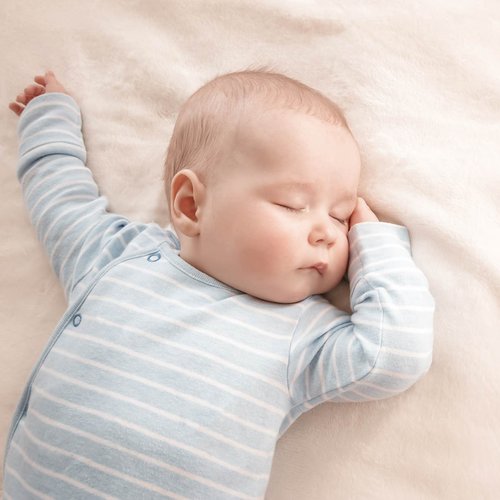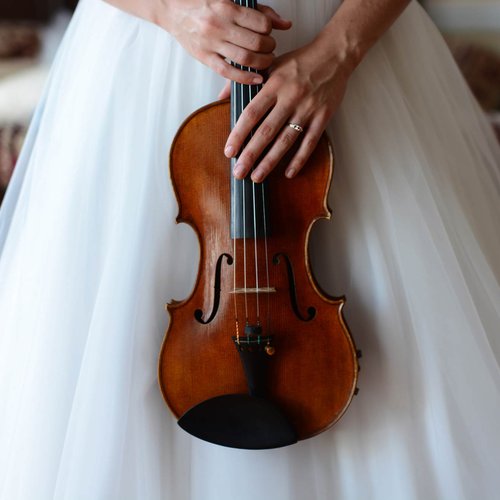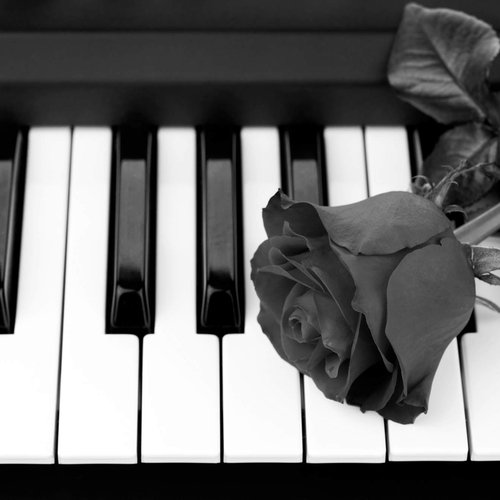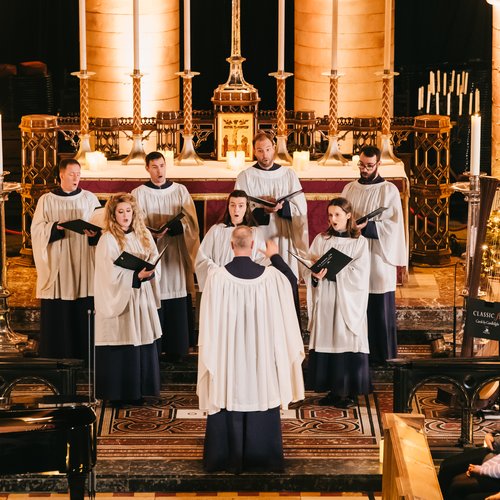What music was played at Queen Elizabeth II’s coronation?
From Holst to Elgar, explore all the pieces of music played at Queen Elizabeth II’s coronation in Westminster Abbey on 2 June 1953.
-
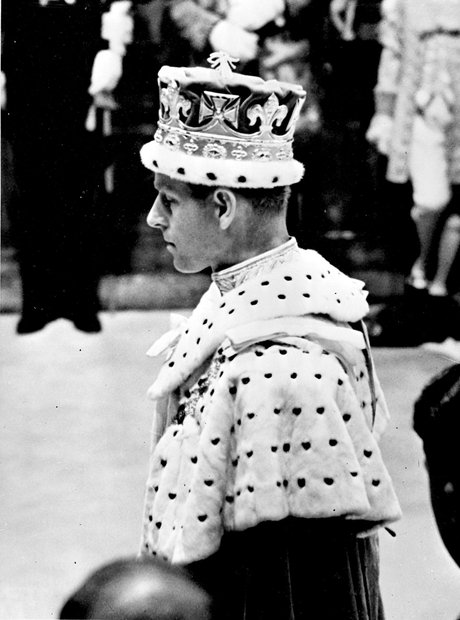
1. Chaconne from ‘King Arthur’ - Purcell (arranged Herbage)
Purcell's 1691 opera titled King Arthur, or The British Worthy, was the first of the orchestral pieces played before the coronation service started on 2 June 1953.
-
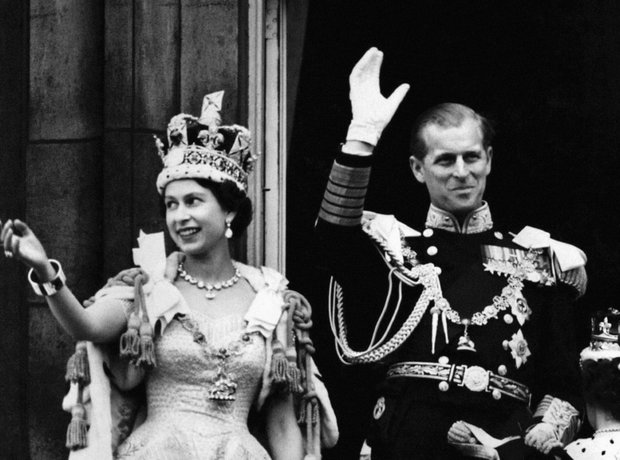
2. Trumpet tune - Purcell
This piece was listed as the Trumpet Tune by Purcell in the order of service, but the music is now attributed to another British composer, Jeremiah Clarke.
-
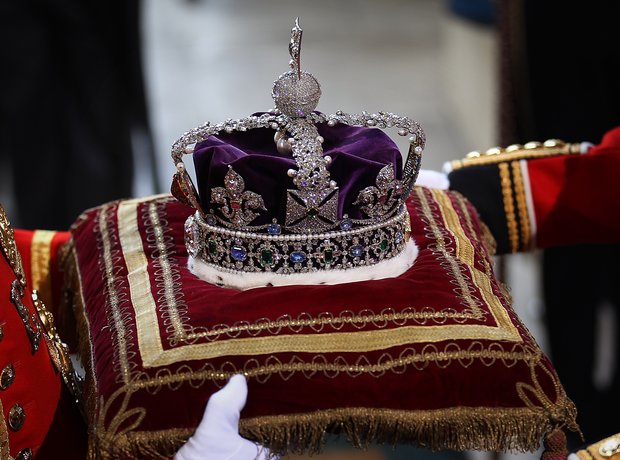
3. Crown Imperial - Walton
Regal and brilliant, this triumphant C major piece was first performed at the coronation of King George VI in 1937, and revised for the coronation of Queen Elizabeth II.
-
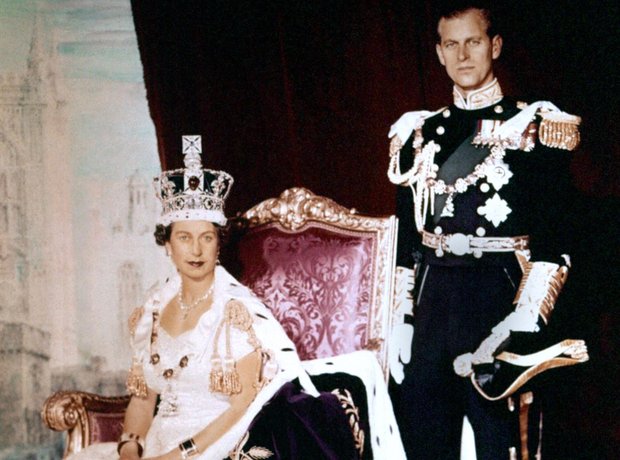
4. Fantasia on the Alleluia hymn - Jacob
This hymn, otherwise known as All creatures of our God and King has a particularly rousing chorus, worked into an orchestral piece by Gordon Jacob in 1949.
-
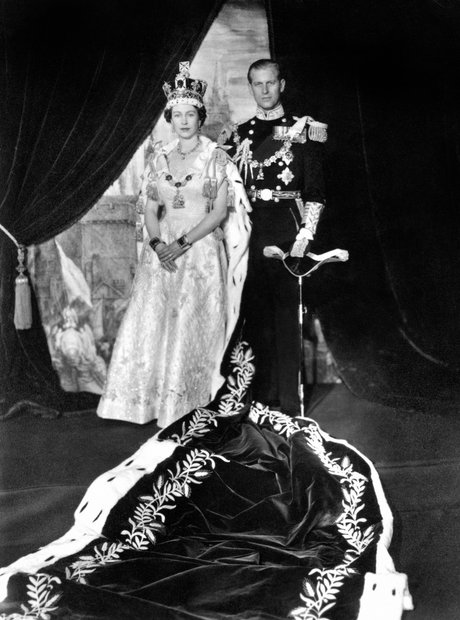
5. Jupiter - Holst
"I vow to thee, my country, all earthly things above, Entire and whole and perfect, the service of my love..." When added to the hymn-like music in Holst's Jupiter, these words make up the popular hymn. The orchestral version was performed at Queen Elizabeth's coronation, but since Holst reworked the music to fit the text, the piece will forever carry the wonderfully patriotic associations.
-
-
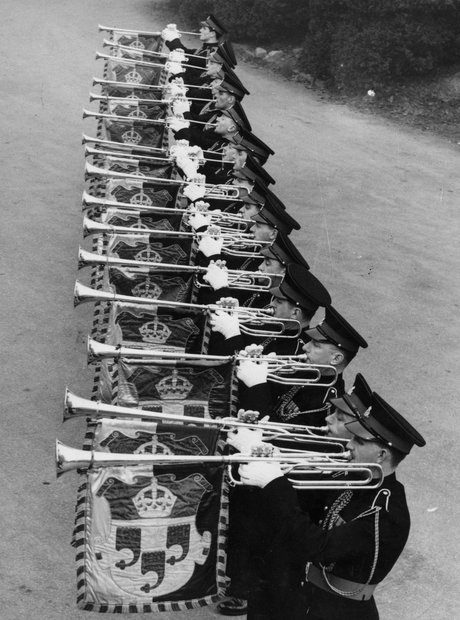
6. Epic March - Ireland
It might not be all that well-known now, but Ireland's Epic March really does what it says on the tin. Complete with spiky string tunes and frequent trumpet blasts, this 1942 work was performed before the coronation ceremony began.
-
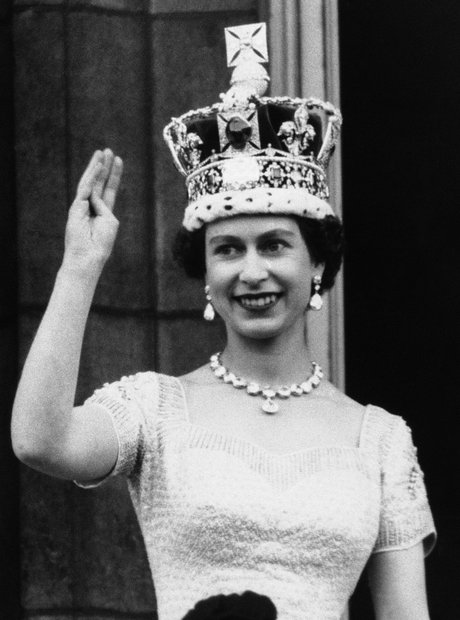
7. Regalia Procession
Two brilliant choral pieces from two of the finest composers from these shores accompanied the Regalia Procession: Oh Most Merciful by Charles Wood and the Litany for Five Voices by Thomas Tallis.
-
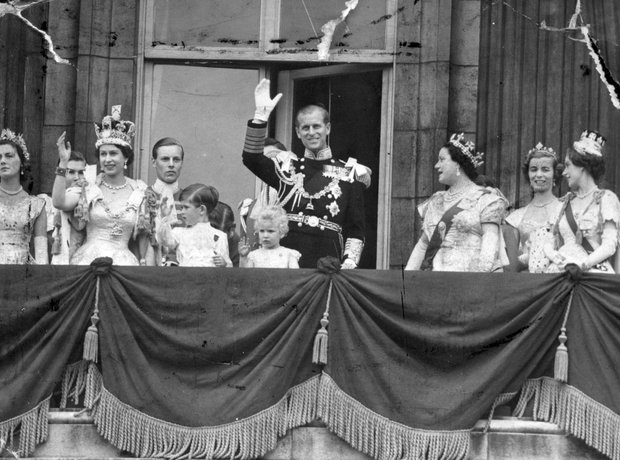
8. Pomp and Circumstance Marches - Elgar
A British event isn't a British event without a blast of brilliant Elgar. His Pomp and Circumstance Marches featured three times at the coronation: No. 2, composed in 1901, was played before the service, and Nos. 1 and 4 were performed at the end.
-
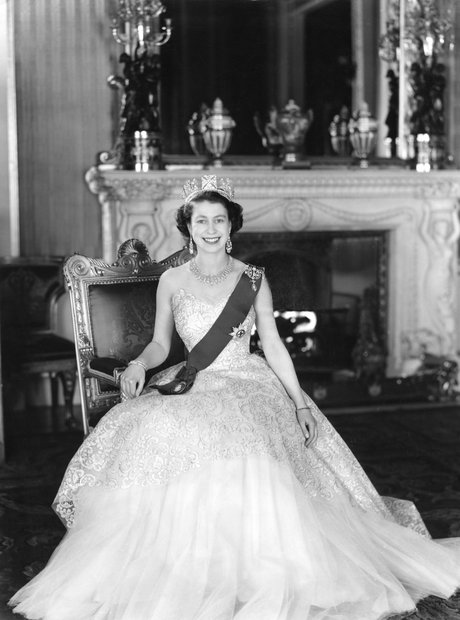
9. Banks of Green Willow - Butterworth
Calling to mind the serene tranquility of the British countryside, Butterworth's Banks of Green Willow was composed in 1913, and performed before Queen Elizabeth's coronation.
-
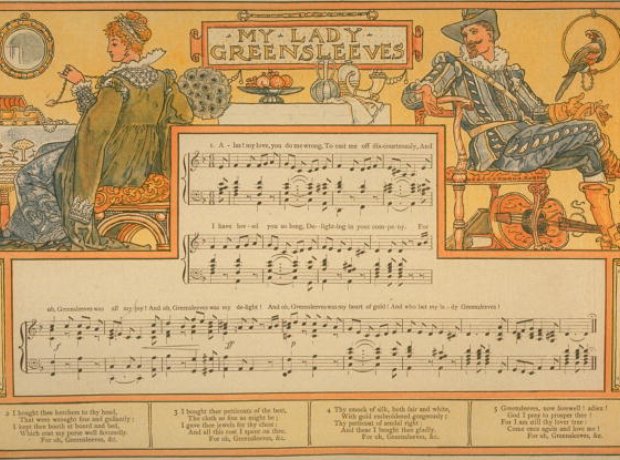
10. Greensleeves - arr. Vaughan Williams
Greensleeves is a piece that's been associated with British monarchy through the years, particularly Henry VIII, even though he almost certainly didn't write the piece). A fitting choice for a coronation, arranged by quintessentially British composer Ralph Vaughan Williams.
-
-
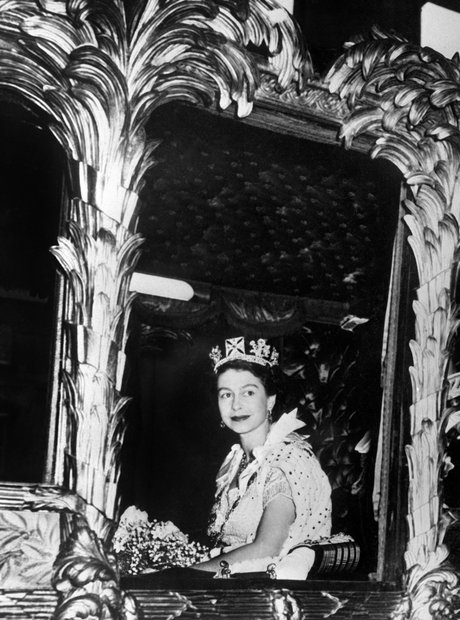
11. Nimrod - Elgar
Both patriotic and moving in equal measure, Elgar's Nimrod from his Enigma Variations was heard in Westminster Abbey on 2 June 1953 before the coronation service.
-
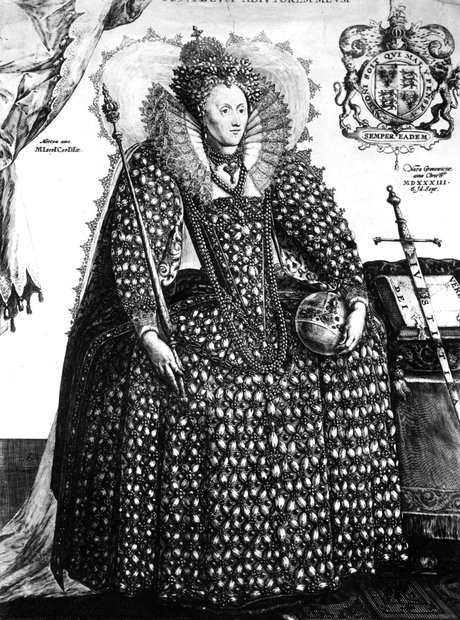
12. Orb and Sceptre - Walton
Another fantastically royal piece from William Walton, which received its premiere at the coronation. It calls to mind the 'Globus cruciger' (or, cross-bearing orb) held by monarchs through the ages, symbolising Christ's authority over the world.
-
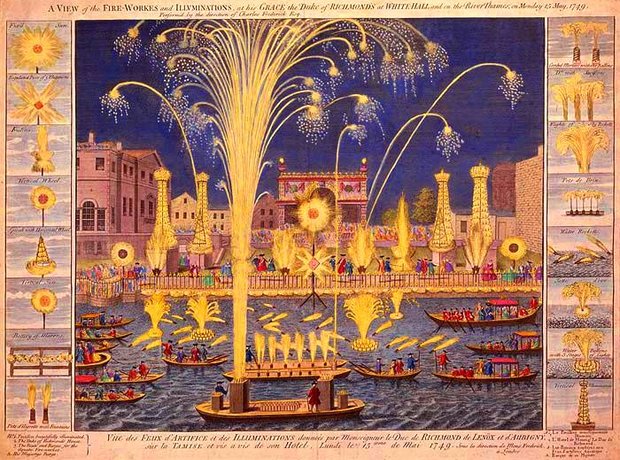
13. Music for the Royal Fireworks - Handel
Classical music's favourite Anglophile, Handel, composed this music for the fireworks in London's Green Park on 27 April 1749 after being asked by George II.
-
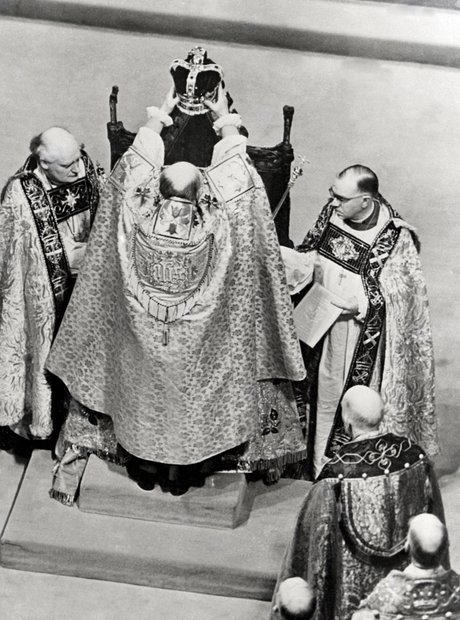
14. I was glad - Parry
Choral splendour and huge organ chords, Parry's anthem was the first piece to be played as the coronation service started in 1953. Settings of the text, Psalm 122, have been used throughout British history at coronations, including a setting by Purcell in 1685.
-
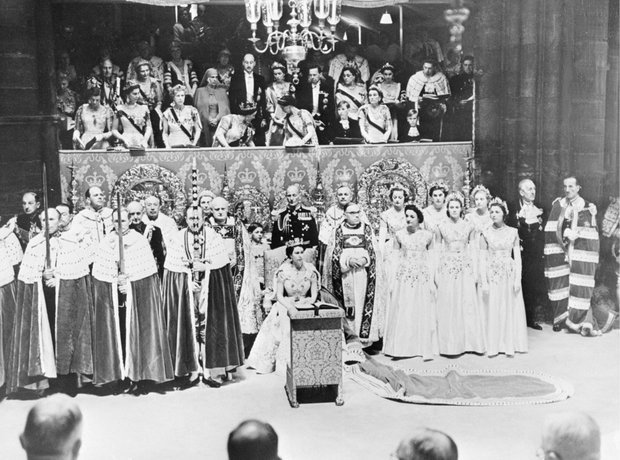
15. Behold, O God our Defender - Howells
This anthem was premiered at the coronation of Queen Elizabeth II in 1953, and performed again at a service marking the 50th anniversary of the event.
-
-
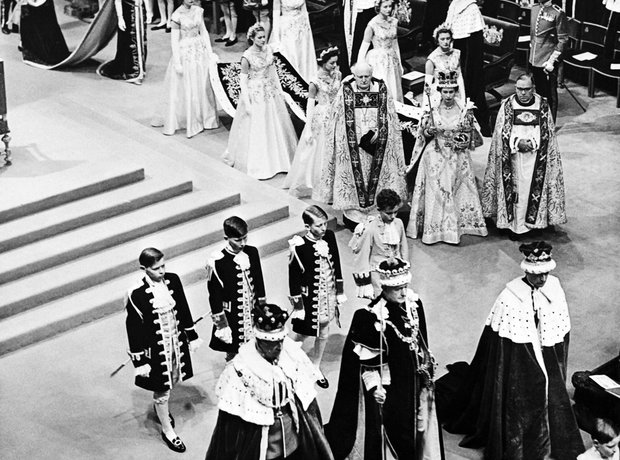
16. Let my prayer come up - Harris
Performed as the Gradual in the service, this piece by British composer and organist William Harris was written especially for the coronation.
-
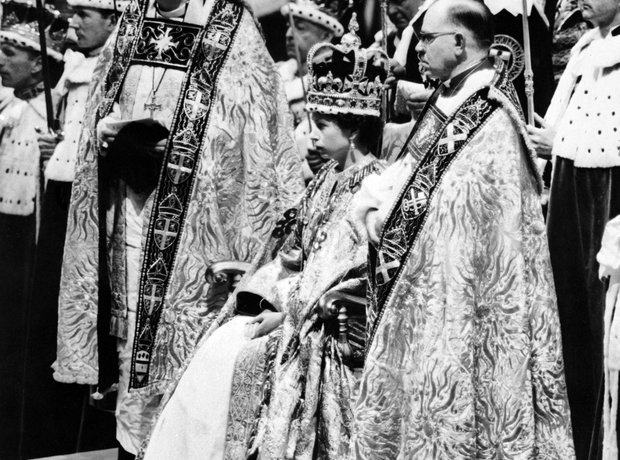
17. The Creed (from G minor mass) - Vaughan Williams
Vaughan Williams intended this 1921 piece to be performed in a liturgical setting rather than in a concert, so it seemed fitting to perform this music at the coronation service.
-
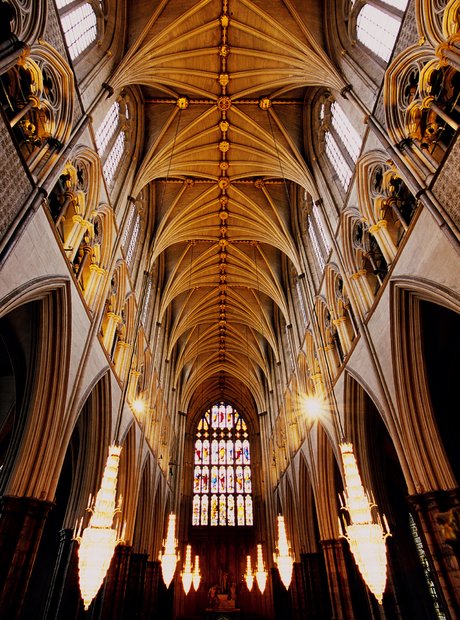
18. Come, Holy Ghost: VIII Mode Melody - arr. Bullock
Ernest Bullock was named organist and Master of the Choristers at Westminster Abbey in 1928, and was involved in the coronation of King George VI in 1937. His arrangement of this melody was performed at the coronation of Queen Elizabeth II in 1953, and he composed seven of the fanfares used throughout the service.
-
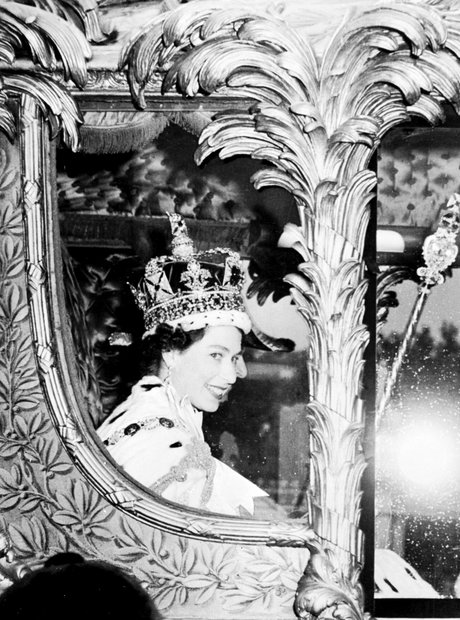
19. Confortare - Dyson
Another musical premiere, this time from composer George Dyson. As well as hearing his Confortare performed at the coronation, 1953 was the year Dyson became a Knight Commander of the Royal Victorian Order.
-
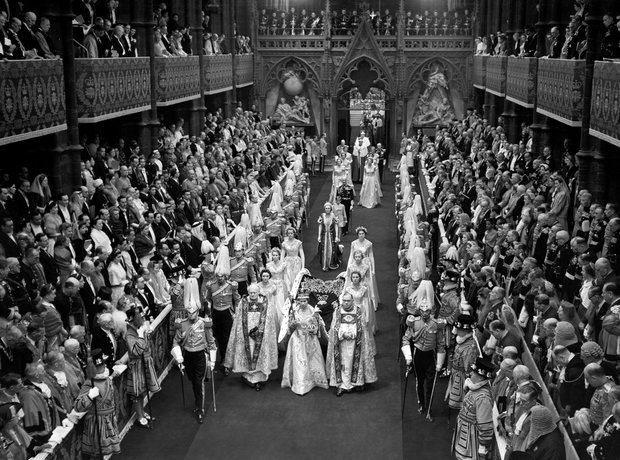
20. Zadok the Priest - Handel
One of Handel's coronation anthems, this piece sets text from the biblical account of the anointing of Solomon. The words have been used at every English, and later British, coronation since King Edgar was crowned at Bath Abbey in 973.
-
-
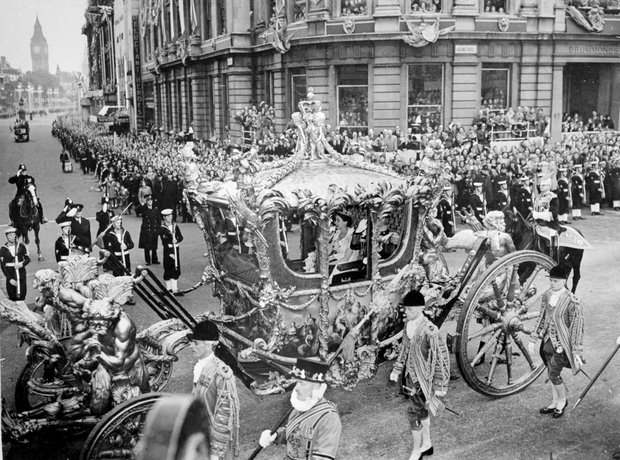
21. Rejoice in the Lord - Redford
John Redford, a renowned Tudor composer who died in 1547, may or may not have written this sprightly choral piece. It's attributed to him, but recent scholarship suggests he didn't actually compose it. Nevertheless, it was performed at the coronation of Queen Elizabeth II as the Homage Anthem along with O Lord our Governour by Willan.
-
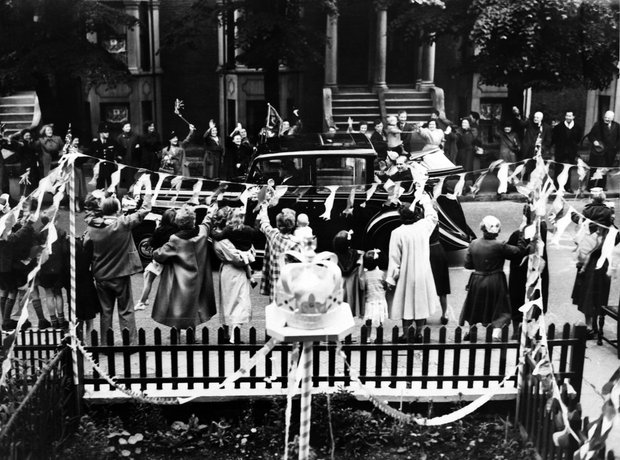
22. Thou Wilt Keep Him in Perfect Peace - Wesley
Another Homage Anthem, this time by Samuel Wesley. This popular anthem was composed around 1850, and is one of Wesley's better-known works.
-
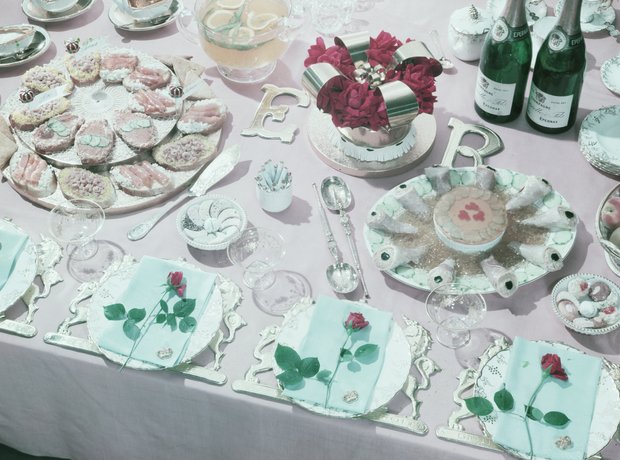
23. O taste and see - Vaughan Williams
O taste and see is one of three Vaughan Williams works at this point in the service, including an arrangement of the hymn, All people that on earth do dwell, and the Versicles, Responses and Sanctus.
-
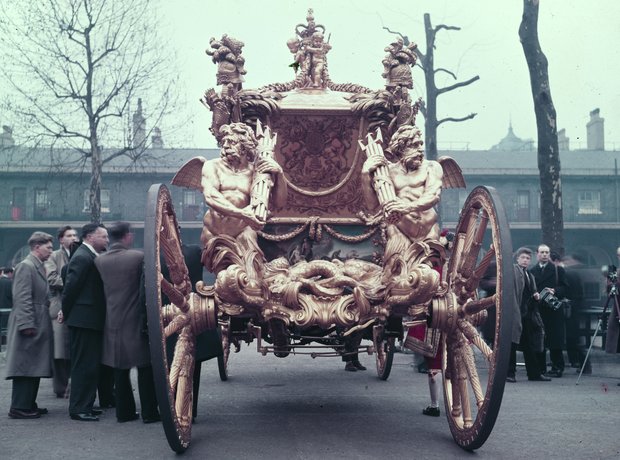
24. Gloria in Excelsis - Stanford
Written by Sir Charles Villiers Stanford for the coronation of King George V on 22 June 1911, this music was performed again at Elizabeth II's coronation almost 42 years later.
-
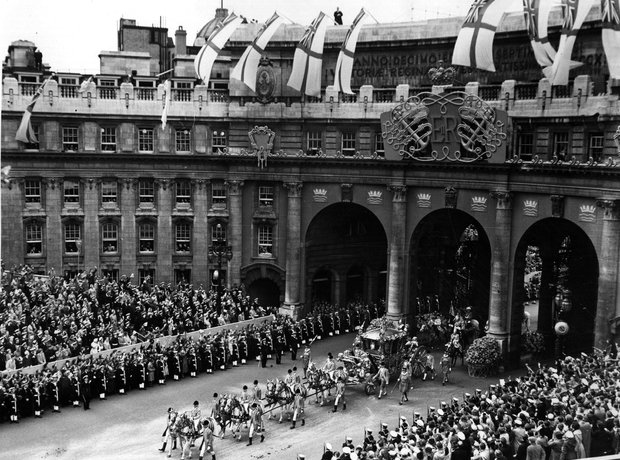
25. Three-fold Amen - Gibbons
The three 'Amen's sung during the prayers and collects were composed by English composer Orlando Gibbons, who was born in 1583.
-
-
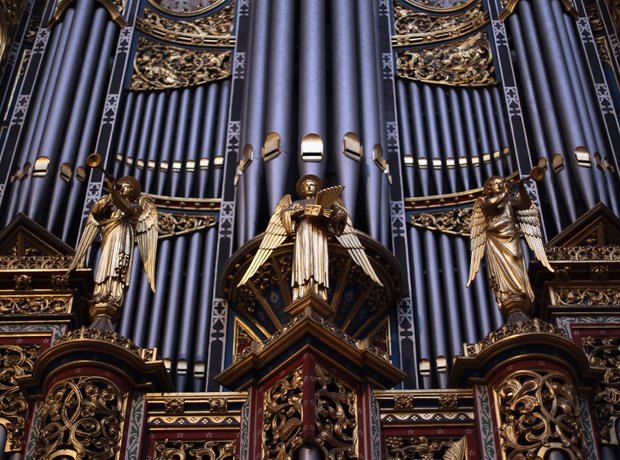
26. Te Deum - Walton
Walton specialises in triumphant organ choruses and brassy interludes, exemplified in this choral masterpiece. It's another piece that was specially composed for the 1953 coronation service.
-
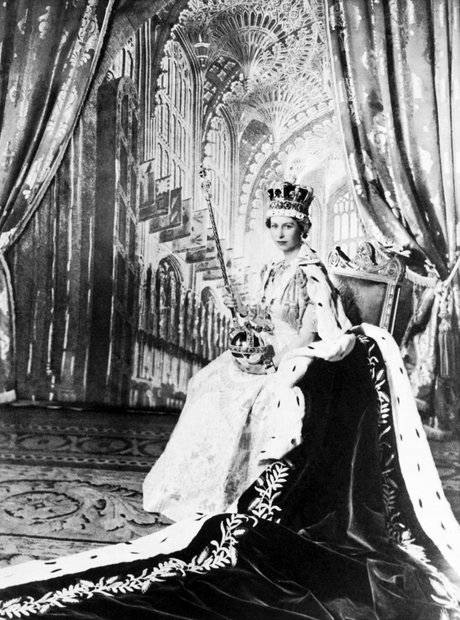
27. God Save the Queen
Following a trumpet fanfare, the National Anthem was performed as the final piece in the service before the recessional music.
-
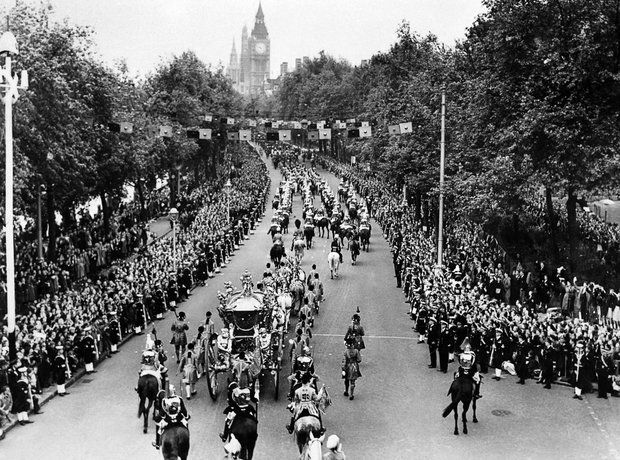
28. Coronation March - Bax
As the congregation left the service, and the newly crowned Queen Elizabeth II processed out of Westminster Abbey, a new piece by Arnold Bax was performed for the first time, between two of Elgar's Pomp and Circumstance Marches.












